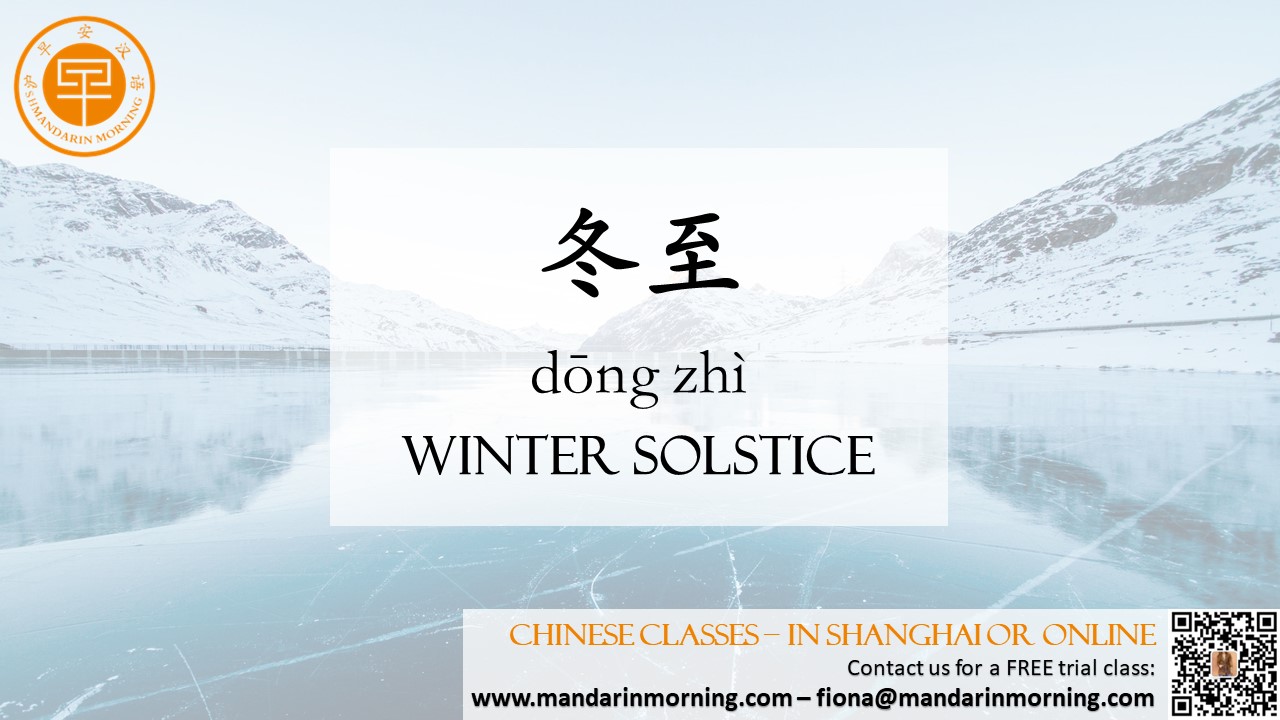The Winter Solstice Festival (冬至 dōngzhì) marks the longest night in the northern hemisphere, which occurs when the Earth's north pole is tilted farthest from the Sun. Dongzhi is one of the most important festivals celebrated by the Chinese. This year it’s on December 21. After the winter solstice, consequent days will gradually become colder but increase in daylight hours, so the Chinese Winter Solstice Festival is a time for optimism and looking forward to the upcoming spring season. Each solar year on the Chinese calendar is split into 24 “solar terms” (节气 jiéqì) which mark astronomical events that cover a set time period such as equinoxes, solstices and other natural occurrences. The winter solstice is the 22nd solar term. Much like in other cultures around the world, the Chinese Winter Solstice Festival was regarded as an extremely important time and a major holiday in China. In fact, there is a traditional saying: “冬至大如年” (Dōngzhì dà rúnián) which roughly translates to “the winter solstice is as important as the Chinese New Year.” Records show that people worshiped the gods on the first day of the winter solstice in China as early as the Zhou dynasty (1046-771 BCE). However, it wasn’t until the Han dynasty (206 BCE–220 CE) that the winter solstice became a winter festival celebrated across China. Official workers and even common people were generally granted a day off, and much like the Chinese New Year, it was a time to return home and gather with family. In ancient China, it was customary for many people to offer sacrifices and pay their respects to their ancestors during the winter solstice. Following sacrificial ceremonies, family members would generally gather and enjoy some sort of banquet. Around the time of the winter solstice, farmers would typically spend time carrying out basic maintenance and construction tasks involving their farmland. For farmers growing crops like wheat and rapeseed, these tasks generally included plowing to loosen the soil and reapplying wax fertilizer to prevent the soil from freezing. Great care was taken to improve the tilth and fertility of the soil. These agricultural practices remain important for farmers in modern China today. For example, in southern regions, a lot of effort is put into protecting rice seedlings from the cold. Since the winter is regarded as a resting period, it is a good opportunity to cultivate the soil and plow any land that needs plowing. |